Living in the Alaskan Arctic Tundra isn’t for the faint-hearted. The idea of a peaceful, solitary cabin in the middle of nowhere may seem like heaven to some, but it’s definitely challenging. It’s not just about braving the cold – isolation is a big part of the experience too.
The peace and quiet can be incredibly alluring. There’s a unique beauty in the vast, untouched landscapes that surround you. It’s the perfect place to escape the hustle and bustle, slow down, and enjoy the simplicity of life. But be prepared, because that same solitude can also feel overwhelming.
Living away from the hustle of city life means figuring out how to stay connected with other people. It’s crucial to build some kind of community, even if it’s small. Regular check-ins with neighbors or even joining local online forums can help maintain a sense of belonging.
Daily routines become your best friend in the tundra. Setting up a regular schedule helps manage time effectively and keeps you grounded. It’s important to have clear goals, whether it’s gathering firewood, maintaining the cabin, or simply going for a walk.
Staying mentally sharp is essential. Engage in activities that stimulate your mind. Reading, puzzles, or crafting are wonderful for those long winter nights. Learn new skills – it’s both fun and practical! Life out here is a continuous learning experience.
Surviving the Elements: Adapting to Extreme Weather
Life in the Alaskan Arctic Tundra means dealing with pretty extreme weather. Winters are long, dark, and brutally cold. Preparing for these conditions is key to survival.

Good gear is worth every penny. Invest in high-quality winter clothing, including insulated jackets, thermal layers, hats, gloves, and boots. The right gear makes a world of difference when temperatures drop dangerously low.
The temperature range of the Alaska Arctic Tundra varies greatly between the seasons. The average winter temperature is -30 (F) degrees below zero and the average summer temperature can range from 3 degrees (F) to 37 to 54 degrees (F). (Either way, you probably need a coat for most of the year…even though 50 degrees would seem like a heat wave)!
Stockpiling resources like water, food, and fuel before winter sets in is a must. Efficient planning ensures you have everything needed to ride out the harshest weather. Always have a backup plan for power and heat sources too.
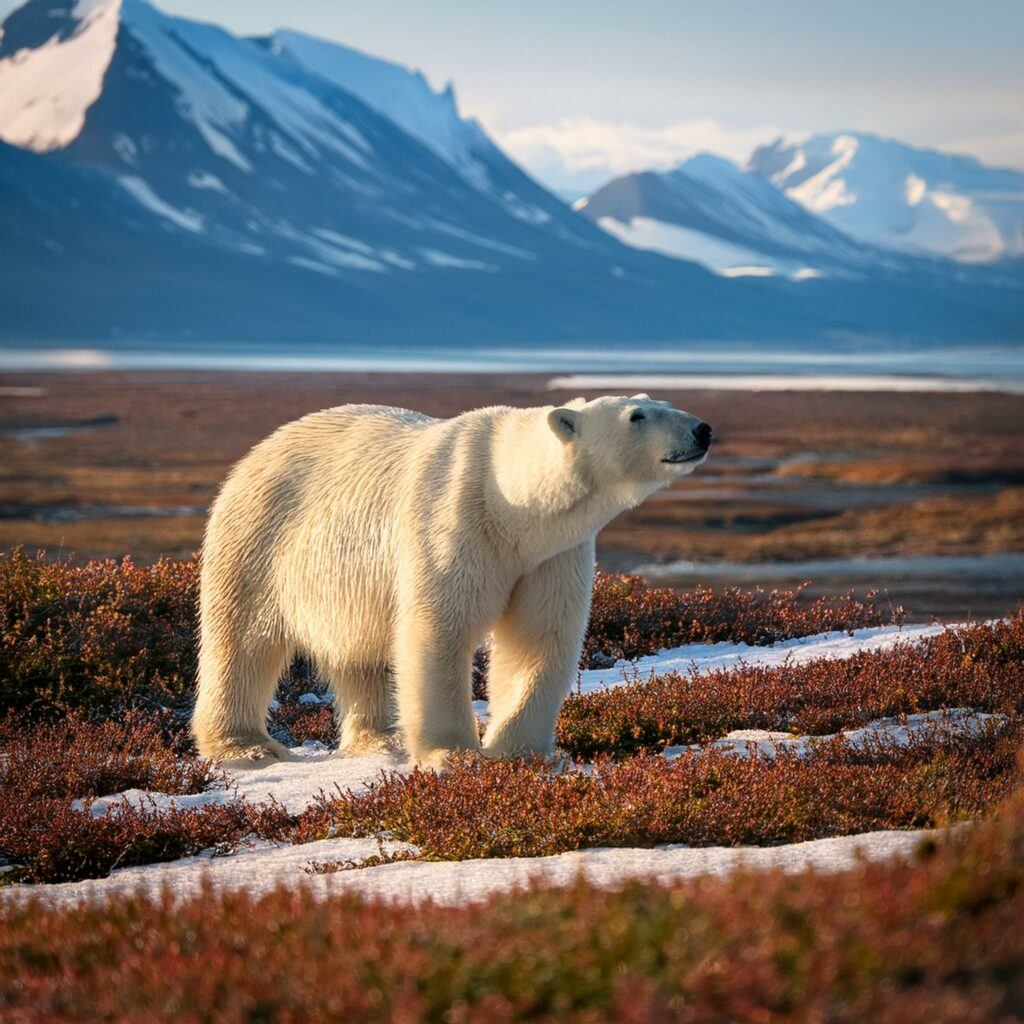
Wildlife encounters can be thrilling but also dangerous. Bears, moose, and other animals roam the tundra. Learn about local wildlife and how to stay safe. Don’t leave food outside your cabin and understand the behavior of the animals around you.
Short days and long nights can take a toll on mental health. Seasonal affective disorder, or SAD, is common in these conditions. Getting enough light, whether through natural means or light therapy lamps, along with staying active, or maintaining social contacts can help manage its effects.
Connecting with Nature: The Beauty of the Tundra
The Alaskan Arctic Tundra is a spectacular place, brimming with unique flora and fauna. It’s like living in a postcard. Seeing the tundra wake up after a long winter is a magical experience. Tiny flowers like Arctic poppies and reindeer moss create a colorful contrast against the stark landscape.
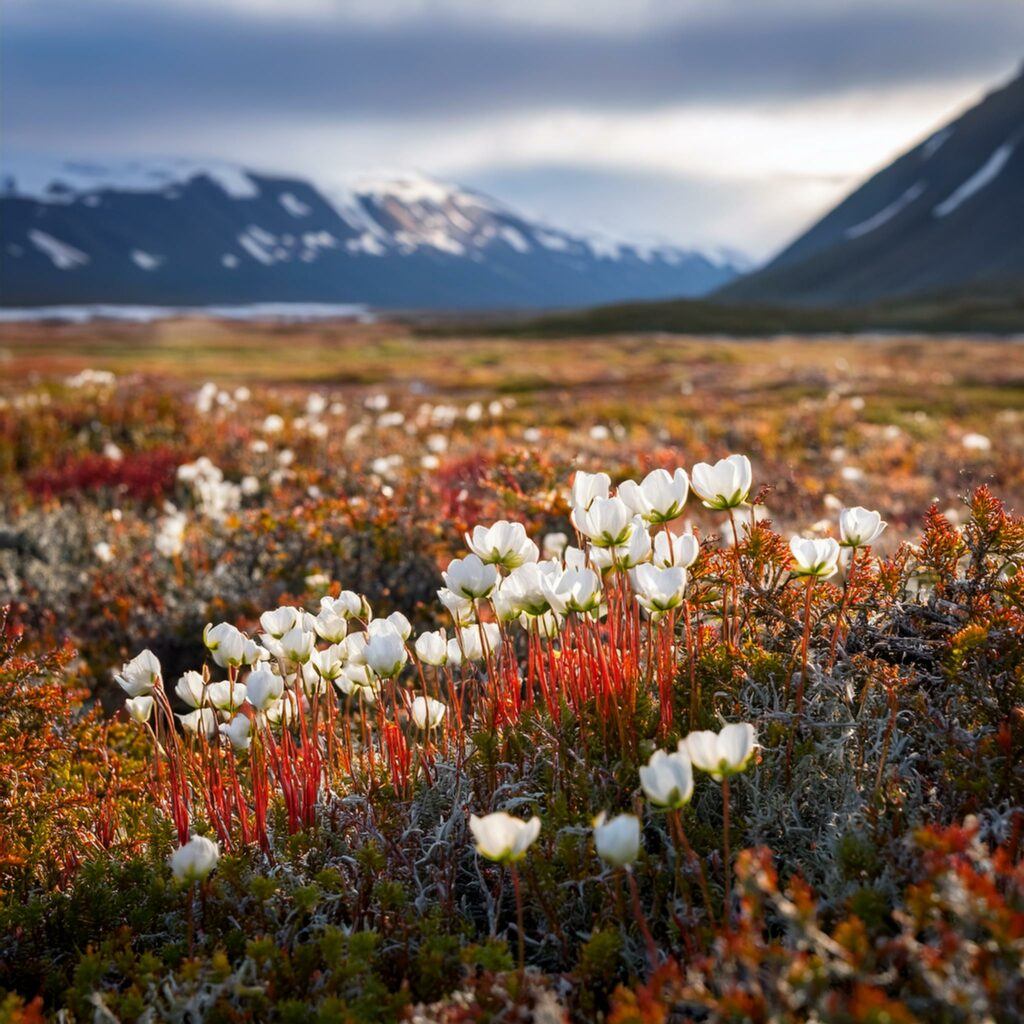
Photography is a fantastic way to document and appreciate the natural beauty around you. The light quality here is different, giving photos a surreal, almost ethereal quality. Capturing the quiet majesty of a snow-covered landscape or the vibrant colors of a sunset over frozen lakes is rewarding.
Exploring the outdoors is an everyday adventure. Whether hiking through rugged terrain, casting a line into icy waters for Arctic char, or simply observing the local wildlife, each day brings something new. The tundra teems with life if you know where to look.
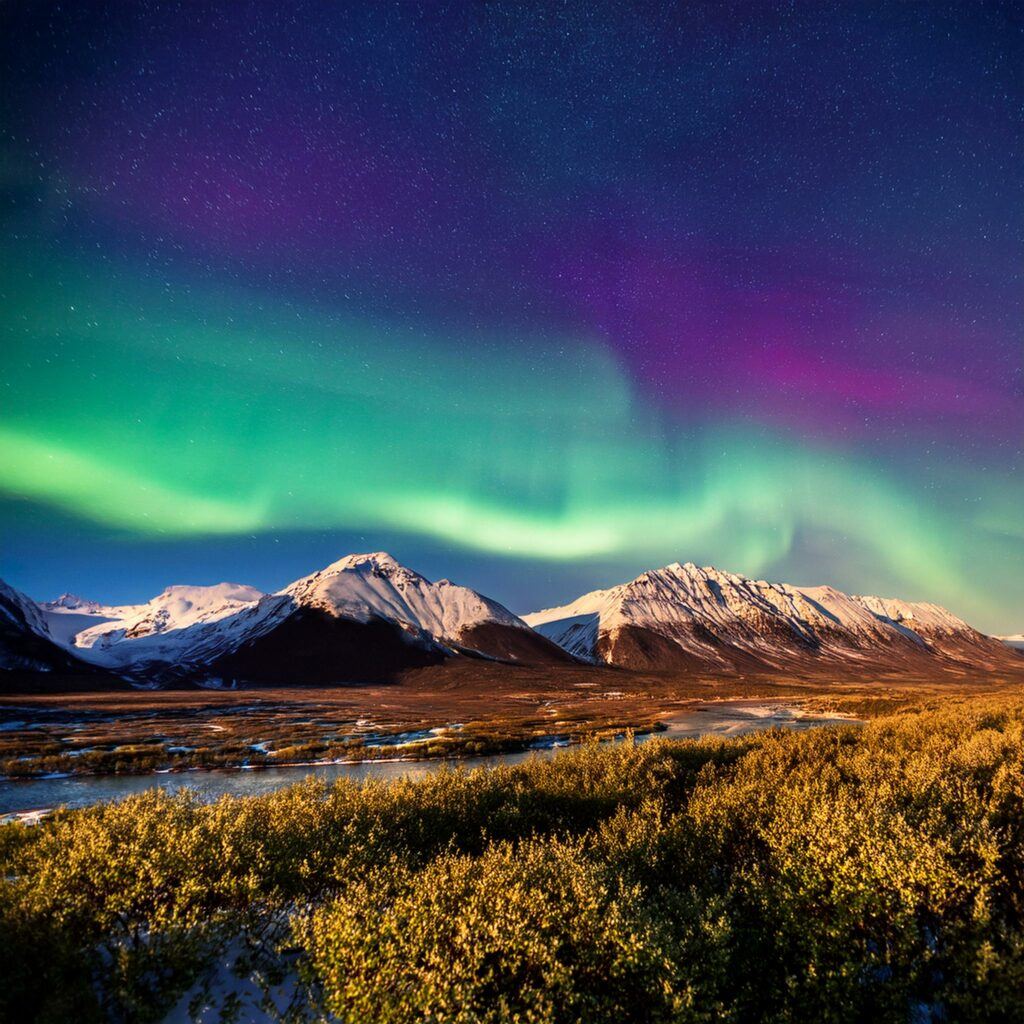
One of the undeniable highlights of living here is witnessing the northern lights. The aurora borealis paints the night sky with stunning displays of green, purple, and pink. It’s a sight that never gets old, and it’s a constant reminder of the natural wonder surrounding you.
Sustainable living is vital in such a delicate environment. Simple practices like minimizing waste, conserving water, and using eco-friendly products have a significant impact. It’s about living in harmony with nature and preserving it for future generations.
Building a Home: Cabin Life Essentials
Selecting the right spot for your cabin is crucial. Look for a location that offers protection from harsh winds but still gets enough sunlight. Proximity to water and resources is equally important.
When it comes to building materials, go for those suited for cold climates. Logs and insulated panels are popular choices due to their durability and thermal efficiency. Proper insulation keeps the cabin warm and cozy during frigid winters.
Energy sources are another key consideration. Many folks rely on a mix of solar panels, wind turbines, and wood stoves. These options ensure you have a consistent supply of power and heat despite the isolated location.
Creating a comfortable and functional interior space makes a huge difference. Think about efficient use of space, multi-functional furniture, and areas dedicated to storage. After all, you’ll be spending a lot of time indoors, especially in winter.
Regular maintenance of your cabin is essential. Checking for drafts, maintaining your chimney, and ensuring your solar panels are clear of snow are just a few tasks that keep the cabin in tip-top shape year-round.
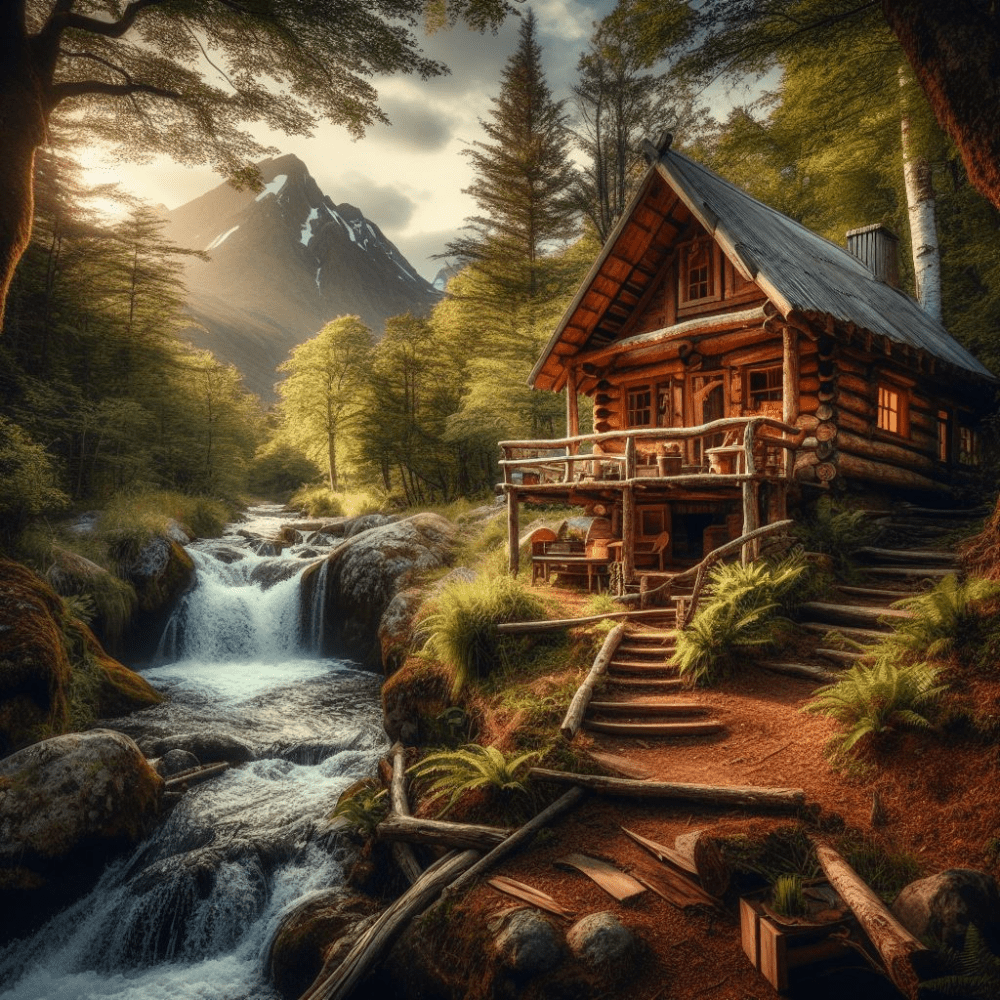

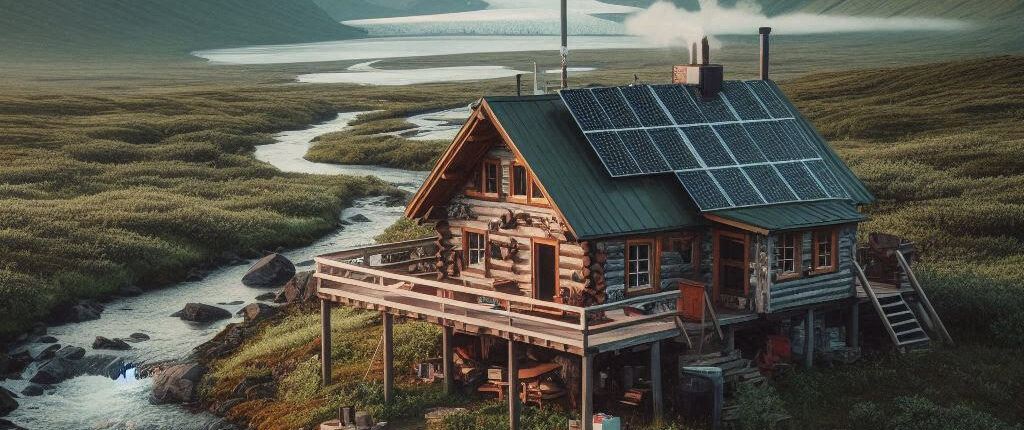
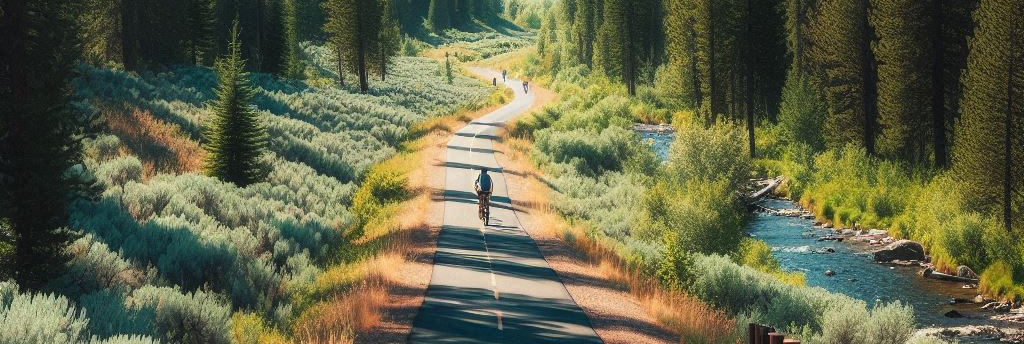

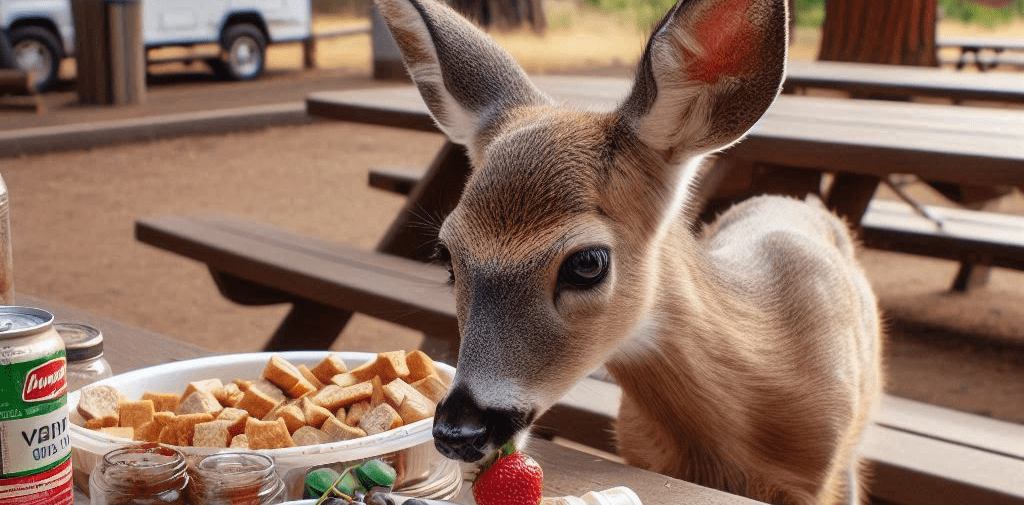
Hello Mike,
Thank you for this fascinating glimpse into life in the Alaskan Arctic Tundra! The rustic charm and sheer beauty of living in such an isolated and extreme environment are truly captivating. I especially appreciate the emphasis on the challenges of adapting to the harsh weather and the importance of preparing thoroughly for the long, cold winters.
Your insights on staying mentally sharp and connected, as well as the tips on sustainable living, are invaluable. It is remarkable how life in such a remote place can offer both solitude and profound connection with nature. The descriptions of the Northern lights and the unique flora add a magical touch to the rugged reality of tundra life.
Thanks for sharing this detailed and inspiring look at what it means to thrive in the Arctic wilderness!
Hello Starlight,
Thank you for your comments on the Alaska Tundra. I, of course, would not to live there but doing the research for the article was fun and a great learning experience.
Thank you again,
Mike Powers
Cabin Living Today